
webbed feet of a duck Stock Photo Alamy
Duck webbed feet, also known as palmate feet, are a vital tool that allows ducks to swim with grace and efficiency. These unique feet are the most common type of webbed feet found among birds. There are different categories of bird feet based on the degree of webbing, but palmate feet are specifically designed to enhance swimming ability and.

Orange webbed feet of a Mallard duck drake Stock Photo Alamy
The webbed feet in ducks help them to swim faster. They give the duck's body weight to spread across a wider area of the foot. Thus, your ducks are left using less energy yet creating more floatability to move faster while swimming. Duck's webbed feet have been forever triggering uncountable inquiries in duck enthusiasts' minds.

Colorful webbed feet! Snapshots and Insights
The arrangement and size of the toes and the size and the shape of their claws differ according to how the birds use their feet. Ducks use their feet to swim. Their webbed feet are uniquely designed to help them move through the water. A duck's foot has the ability to become wider. Ducks use their webbed feet like paddles to provide more.
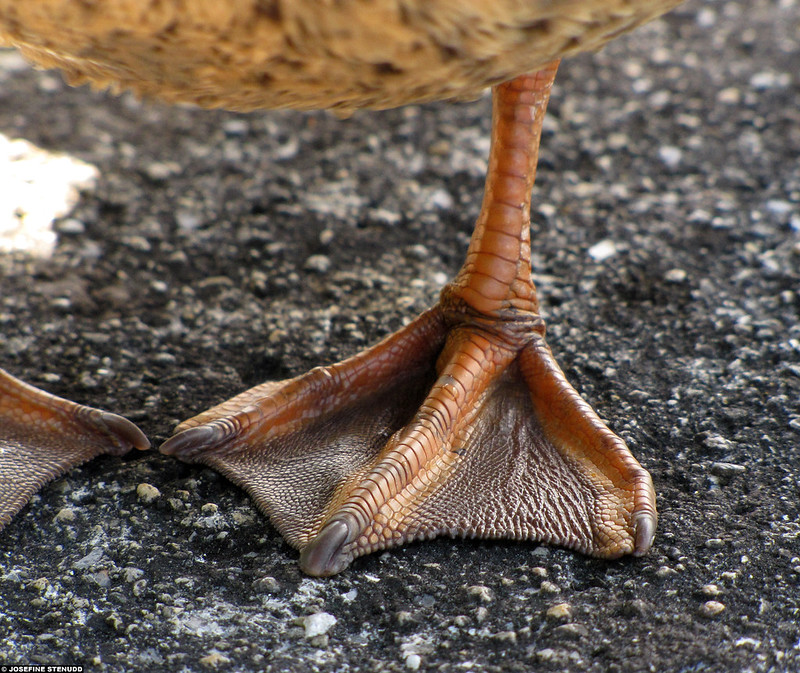
The Beauty of Webbed Feet BirdNote
Browse Getty Images' premium collection of high-quality, authentic Duck Webbed Feet stock photos, royalty-free images, and pictures. Duck Webbed Feet stock photos are available in a variety of sizes and formats to fit your needs.

What Are Duck Feet Called? (Ducks Webbed Feet)
This is also used to help with swimming and can expand and contract when the duck swims. Webbed feet evolved independently in many types of birds. Many animals found the advantage of webbing including birds. There are over 400 species of birds that have webbed feet.

Colorful webbed feet! Snapshots and Insights
Webbed duck feet are an extraordinary adaptation that allows these waterfowl to navigate through their aquatic environment with ease. Ducks, along with other water-loving birds such as geese, gulls, and pelicans, possess this unique feature that greatly enhances their ability to swim and dive.. The webbing of a duck's foot consists of skin that stretches between the toes, creating a triangular.

Ducks Feet Everything You Need To Know (inc. Photos) Birds Advice
A duck's webbed feet are great for helping them glide through the water, but ducks also know how to use this webbing to their best advantage. By pushing downwards and backward at the same time, they can stretch the webbing further. This gives them the maximum forward motion, and on the forward stroke, they close the webbing to minimize water.
:max_bytes(150000):strip_icc()/duckling-swimming-low-section-close-up-10141124-572b4bfa5f9b58c34c1849df.jpg)
Everything You Ever Wanted to Know About Ducks
A duck's feet are called palmate, which means that they're webbed. The webbing on their feet makes it easier for ducks to swim in the water. Ducks have what is called a palmate foot. This is merely one out of multiple types of webbed feet. They have three front-facing toes, all connected with webbing, and a back-facing tow (the hallux.
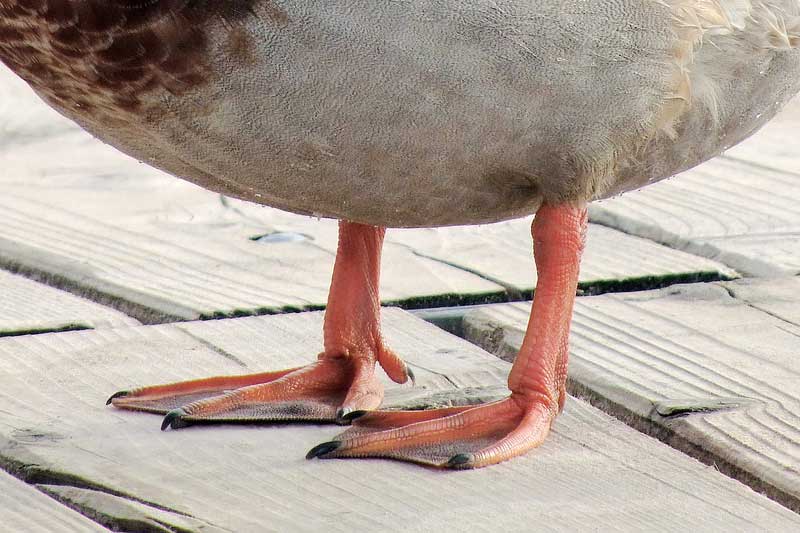
14 Examples of Animals With Webbed Feet (Pictures) Wildlife Informer
Webbed Feet. Ducks are known for their webbed feet, which provide them with excellent swimming capabilities. The webbing between the toes of the duck's foot allows for efficient movement through water and assists in navigating wet, slippery surfaces. Ducks also have strong legs, which provide the necessary support and stability for walking on.
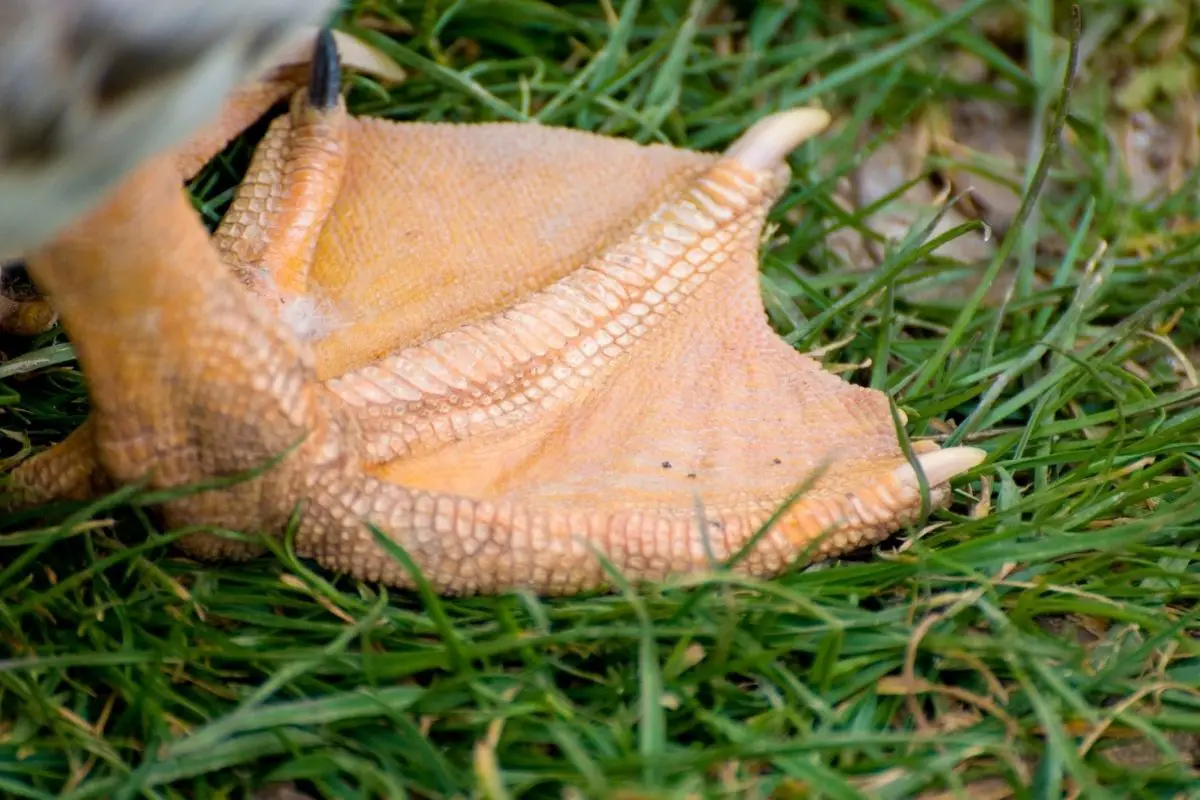
Webbed Feet Why Are They So Important to a Bird? NatureNibble
With webbed feet perfect for paddling more surface to push against the water in the river or lake, ducks can swim effortlessly in water. The webbing of a duck's feet helps it to move with greater ease and control through the water, much like the fins of a fish. But what truly sets a duck's feet apart from most birds is their versatility on.
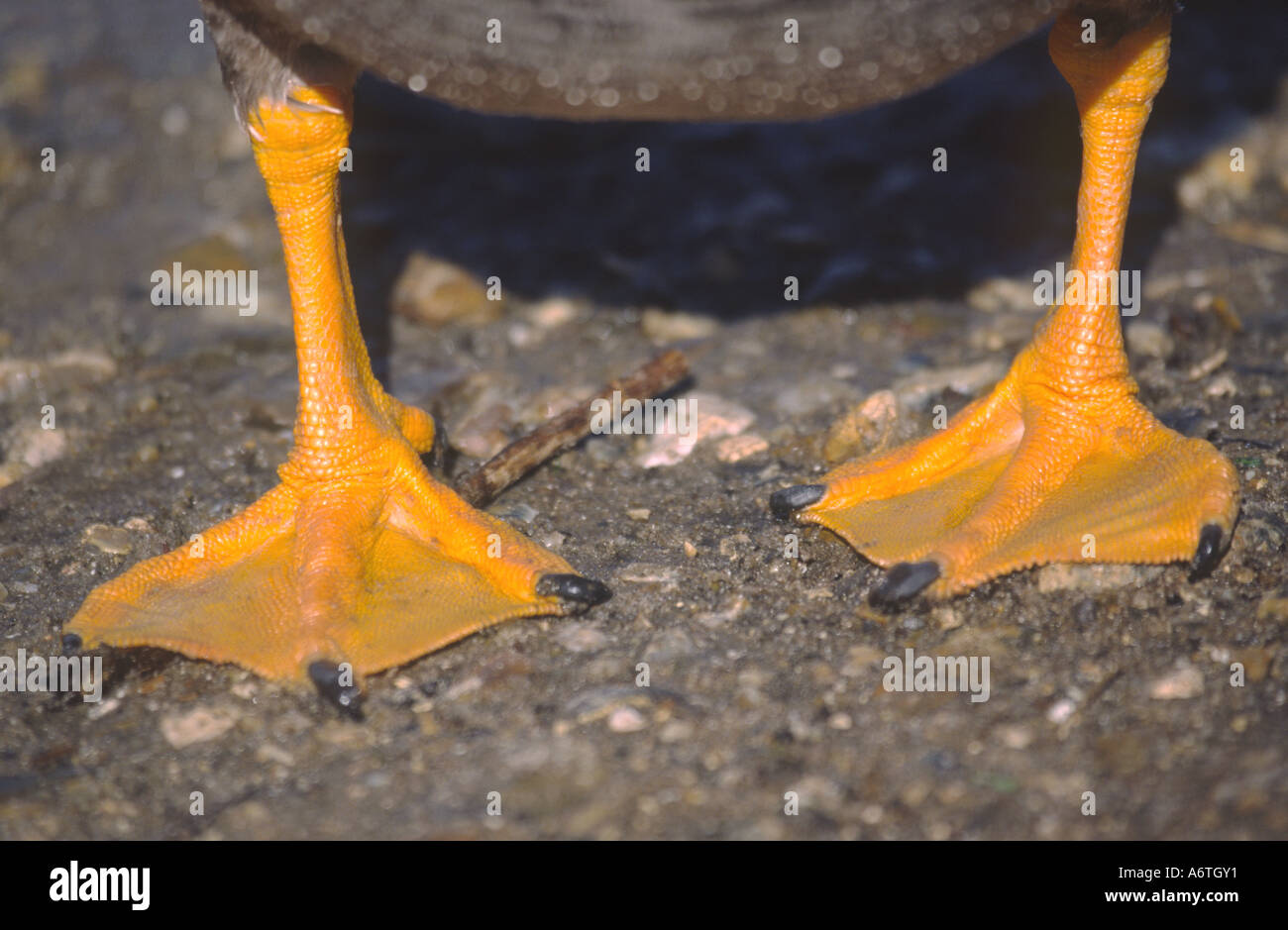
Webbed duck feet hires stock photography and images Alamy
Duck feet are called palmate feet. Palmate feet is the most common type of webbed feet among four different kinds of webbed feet. Most semi-aquatic birds have some form of webbed feet. Palmate type of webbed feet is perfect for ducks; it helps them steer and swim efficiently. Besides ducks, palmate feet are also found in geese, gulls, swans.
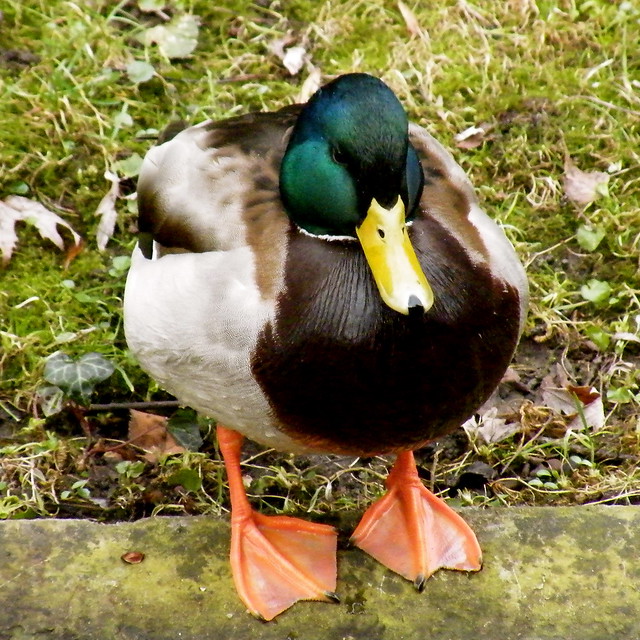
Duck webbed feet hacforyou
This shape allows for the formation of leading edge vortices and lift-based propulsion during swimming. [1] The webbed foot is a specialized limb with interdigital membranes (webbings) that aids in aquatic locomotion, present in a variety of tetrapod vertebrates. This adaptation is primarily found in semiaquatic species, and has convergently.
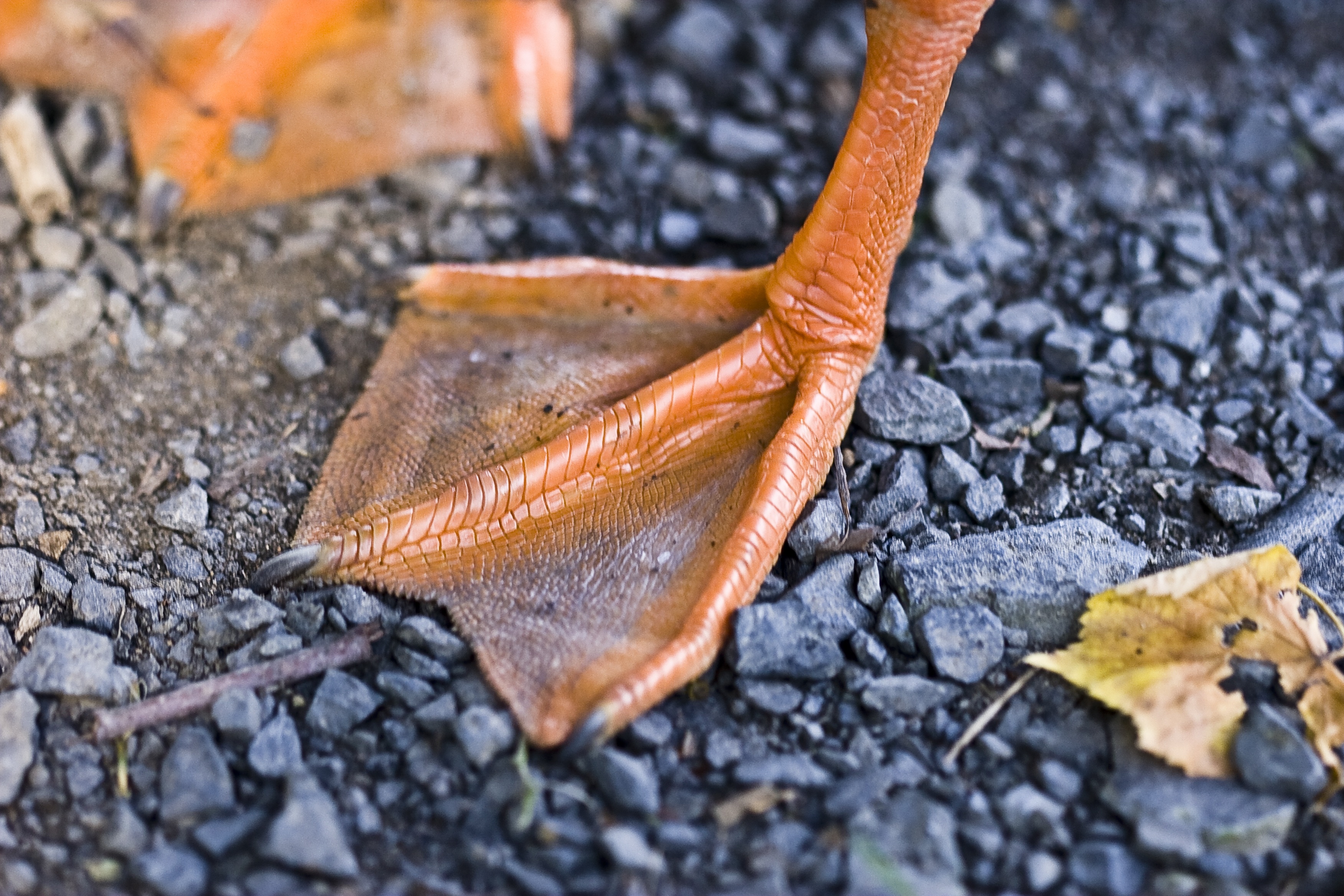
bird's webbed feet free image Peakpx
Ducks' feet are called webbed feet, which have various types including palmate, totipalmate, semipalmate, and lobate. Webbed feet help ducks swim faster and with precision by providing a paddle-like shape that reduces resistance in the water. The webbing between their toes also helps ducks regulate their body temperature by cooling down or.

Duck webbed feet monbinger
Coots have lobate feet, where the toes have a series of webbed lobes that open when the foot is pushed backwards-much like the base of a push pole used by duck hunters to traverse the marsh. Lastly, some waterfowl such as the Australian magpie goose and the Hawaiian goose (or nene) have half-webbed semipalmate feet, an adaptation that is useful.

Duck Feet. Little webbed feet of a duck standing on the dirt , affiliate, webbed, Feet, Duck
2. Geese. Canada Goose in the field. With their webbed feet, geese are experts at finding their way in and out of water. The fine webbing turns their feet into paddles that help them stay balanced and graceful on lakes. 3. Penguins. A picture of a Penguin standing on a rock close to a body of water.
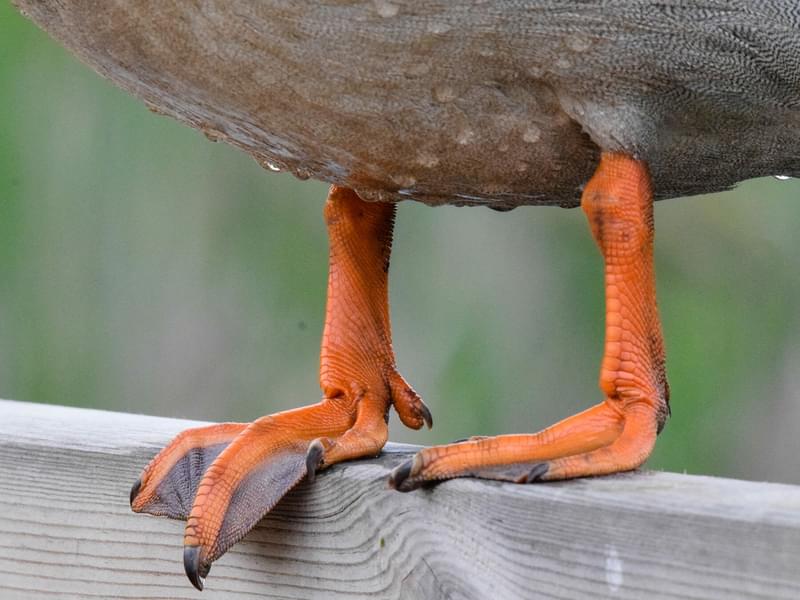
What Are Ducks’ Feet Called? Birdfact
The duck's webbed feet aid in its ability to navigate bodies of water. The webbed feet allow the animal to swim easily and quickly. There are not any nerves in the duck's webbed feet. Therefore, they cannot feel the cold and have the ability to be in the water during cold weather. Although the webbed feet allow them maneuver in the water.